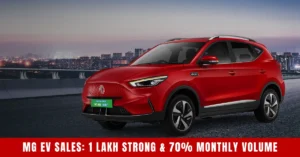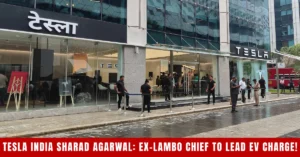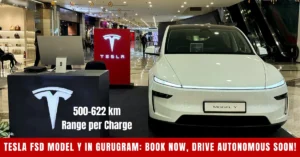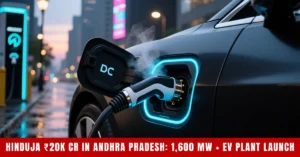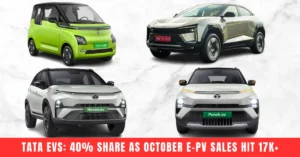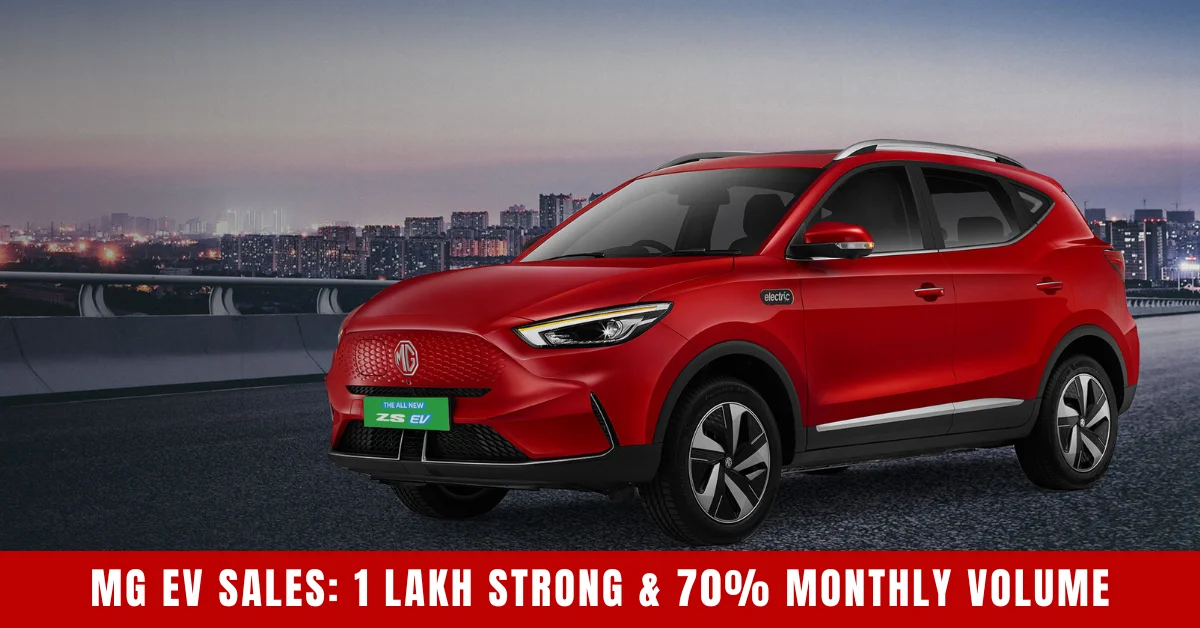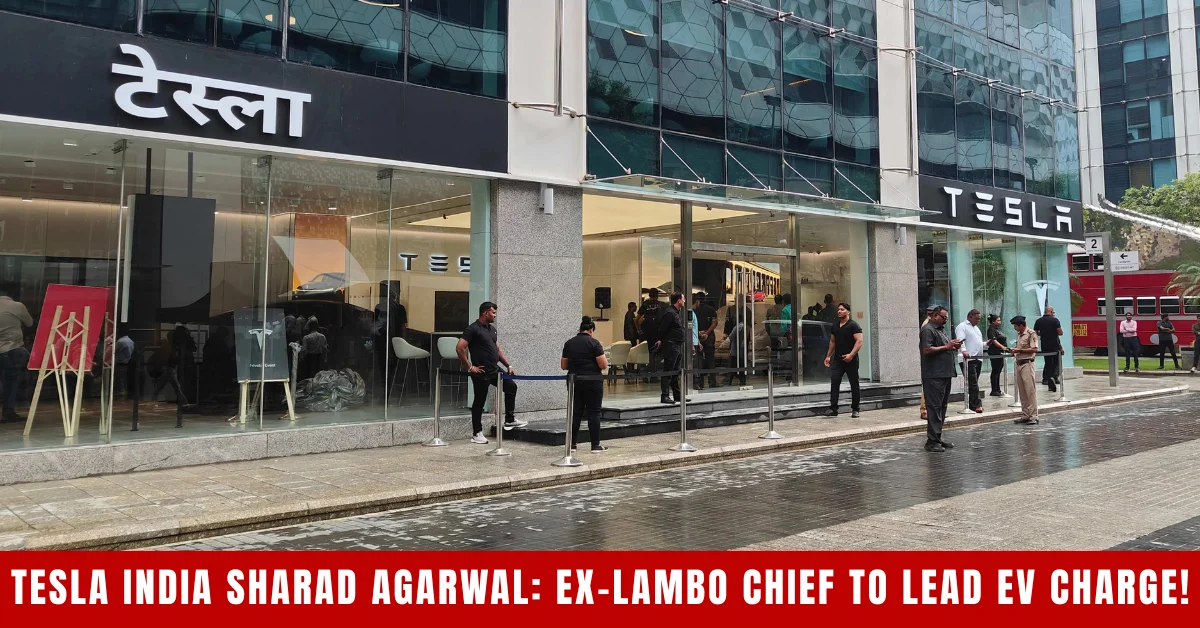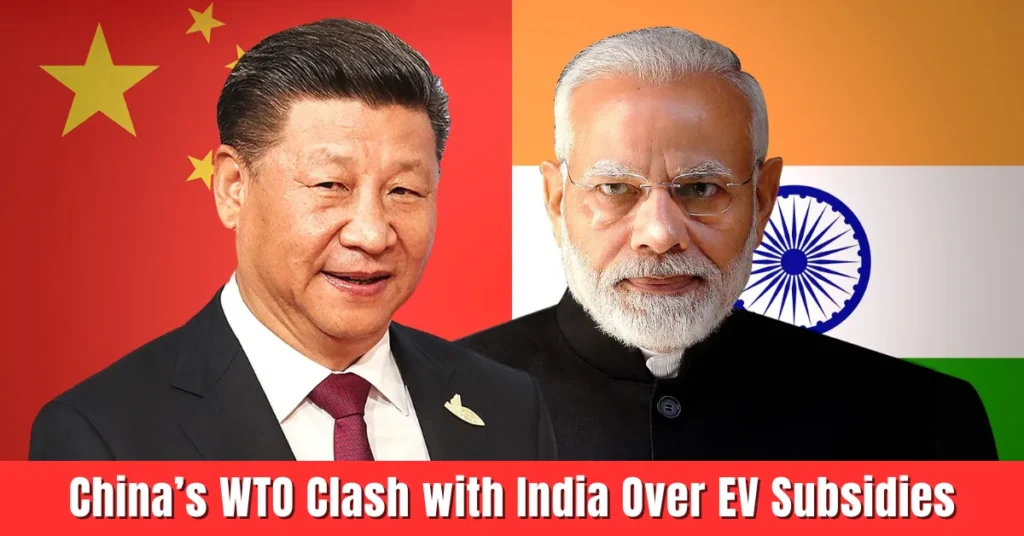
Overview
- WTO Complaint: China challenges India’s EV subsidies under PM E-Drive and PLI schemes at the WTO, alleging unfair trade practices and import restrictions.
- China’s Subsidy Legacy: Beijing’s $230 billion in EV support (2009–2023), including RMB 300 billion in grants and tax breaks, built its global dominance, dwarfing India’s efforts.
- India’s Strategy: PM E-Drive and FAME schemes drive localization of batteries and magnets, aiming for 30% EV penetration by 2030 amid China’s rare earth curbs.
- Geopolitical Stakes: China’s complaint, timed with its November 2025 tech export bans, aims to stifle India’s self-reliance in critical EV supply chains.
- Global Backlash: EU and US impose 35% and 100% tariffs on Chinese EVs, citing state subsidies; India’s push for autonomy is a strategic necessity, not protectionism.
- Industry Impact: India’s 1.2 million EV sales in 2024–25 face risks as China controls 70% of battery inputs; localization could cut costs by 15–20%.
- Call to Action: India must defend its policies, emphasizing transparency and compliance, while exposing China’s subsidy-driven rise.
China’s WTO Gambit: Calling Out India’s EV Subsidies While Built on Its Own
New Delhi, October 17, 2025 – In a brazen move, China has dragged India to the World Trade Organization (WTO), challenging its electric vehicle (EV) and battery subsidies under the PM E-Drive and Production Linked Incentive (PLI) schemes. Beijing claims these measures unfairly favor domestic production, violating WTO’s national-treatment and import-substitution rules. Yet, this complaint reeks of hypocrisy: China, the world’s EV titan, built its dominance on $230 billion in subsidies over 15 years, dwarfing India’s nascent efforts. As India races to localize its EV ecosystem amid China’s export curbs, this WTO spat reveals a geopolitical chess game to maintain Beijing’s stranglehold on global supply chains.
China’s Subsidy Empire: A $230 Billion Blueprint
China’s EV ascent—from a minor player in 2009 to the world’s largest market—was fueled by massive state intervention. The Center for Strategic and International Studies estimates $230 billion in support (2009–2023), including RMB 200 billion (~₹2.3 lakh crore) in central funds and RMB 100 billion from local governments. Direct buyer rebates, tax exemptions (RMB 30,000 per car through 2027), cheap land, and low-interest loans propped up giants like BYD and CATL, which pocketed ₹2,500 crore and ₹6,600 crore in grants in 2023 alone. Add a million-plus public chargers and a credit system mandating EV production, and China’s market distortions are clear. Yet, Beijing now accuses India of unfair play.
India’s Modest Push for Self-Reliance
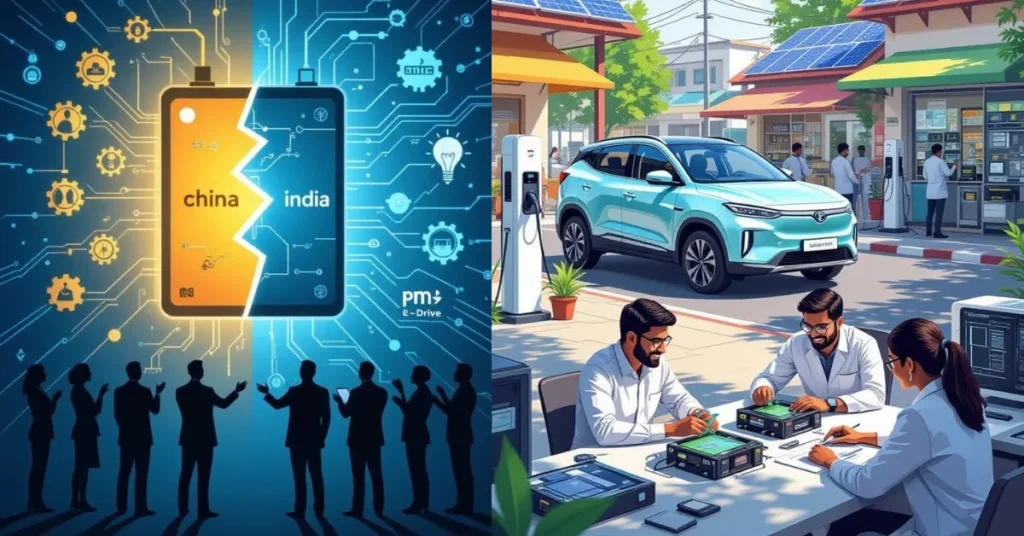
India’s EV ecosystem, still in its infancy, saw 1.2 million sales in 2024–25, a 50% surge, driven by FAME and PLI schemes tying incentives to local manufacturing. The PM E-Drive policy, with ₹10,000 crore, targets end-to-end production of batteries and magnets, critical as China restricts rare earth and tech exports (effective November 8, 2025). “India’s focus isn’t protectionism—it’s survival,” says industry expert Vinnie Mehta of ACMA. With China controlling 70% of global battery inputs, localization could slash EV costs by 15–20%, vital for Tier II/III city adoption.
WTO Complaint: Timing and Motives
China’s WTO move coincides suspiciously with its tightened export controls on lithium batteries, cathodes, and graphite anodes—key EV components. India’s push for domestic magnet production, backed by the National Critical Mineral Stockpile (NCMS), threatens Beijing’s chokehold. “China fears a rival breaking free,” notes analyst Ganesh Mani of Switch Mobility. The complaint, alleging “trade distortions,” seeks to stall India’s momentum as it aims for 30% EV penetration by 2030, challenging firms like BYD and NIO, who dominate global exports.
Global Context: Tariffs Expose China’s Playbook
China’s subsidies haven’t gone unnoticed. The EU’s 35% tariffs and US’s 100% duties on Chinese EVs (2024) target its state-driven pricing edge. India faces similar pressures, with 80–90% of battery imports from China. “Beijing’s complaint is less about trade rules and more about preserving dominance,” argues Mehta. India’s subsidies, a fraction of China’s, are transparent and WTO-compliant, focusing on value addition to counter supply chain vulnerabilities.
India’s Path Forward: Stand Firm, Expose Hypocrisy
India must robustly defend its policies, emphasizing sovereignty and developmental needs, as China did in its early EV days. Transparency in PLI and PM E-Drive allocations—₹18,000 crore invested so far—will withstand scrutiny. Publicly, India should spotlight China’s subsidy-fueled rise, from Hefei’s NIO bailouts to Shanghai’s free EV plates, contrasting it with India’s modest $2 billion outlay. With the WTO case likely dragging into 2026, India should accelerate localization via IIT partnerships and NCMS, ensuring supply chain resilience.
The Bigger Picture: Geopolitical Chess
This isn’t just a trade dispute—it’s a battle for industrial autonomy. China, rattled by India’s growing EV clout, seeks to freeze its ascent. As global EV sales soar toward $2 trillion by 2033, India’s 2.5 million projected sales in 2025 hinge on breaking free from China’s grip. By standing firm and rallying domestic innovation, India can turn this challenge into a springboard for global competitiveness.
Source: cartoq.com
Read more about EV Car News
Also Read
- MG EV Sales Cross 1 Lakh Milestone in India: 35% Market Share & 70% Monthly Volume!
- Tesla India Sharad Agarwal: Ex-Lamborghini Head Appointed Country Chief to Revive EV Sales
- Tesla Driverless Model Y in Gurugram: FSD Display at Ambience Mall—Book Now, Deliver in 30 Days!
- BYD EV Cash Burn 2025: $10 Billion Outflow Despite $100 Billion Revenue – What’s Going Wrong?
- Hinduja Group Andhra Investment: Hinduja Group to Invest ₹20,000 Cr for 1,600 MW Power Boost, EV Plant & Charging Network!
- Tata Motors EV Sales October 2025: 40% Market Grip Amid 56% Surge – Kia Zooms to No. 4!
